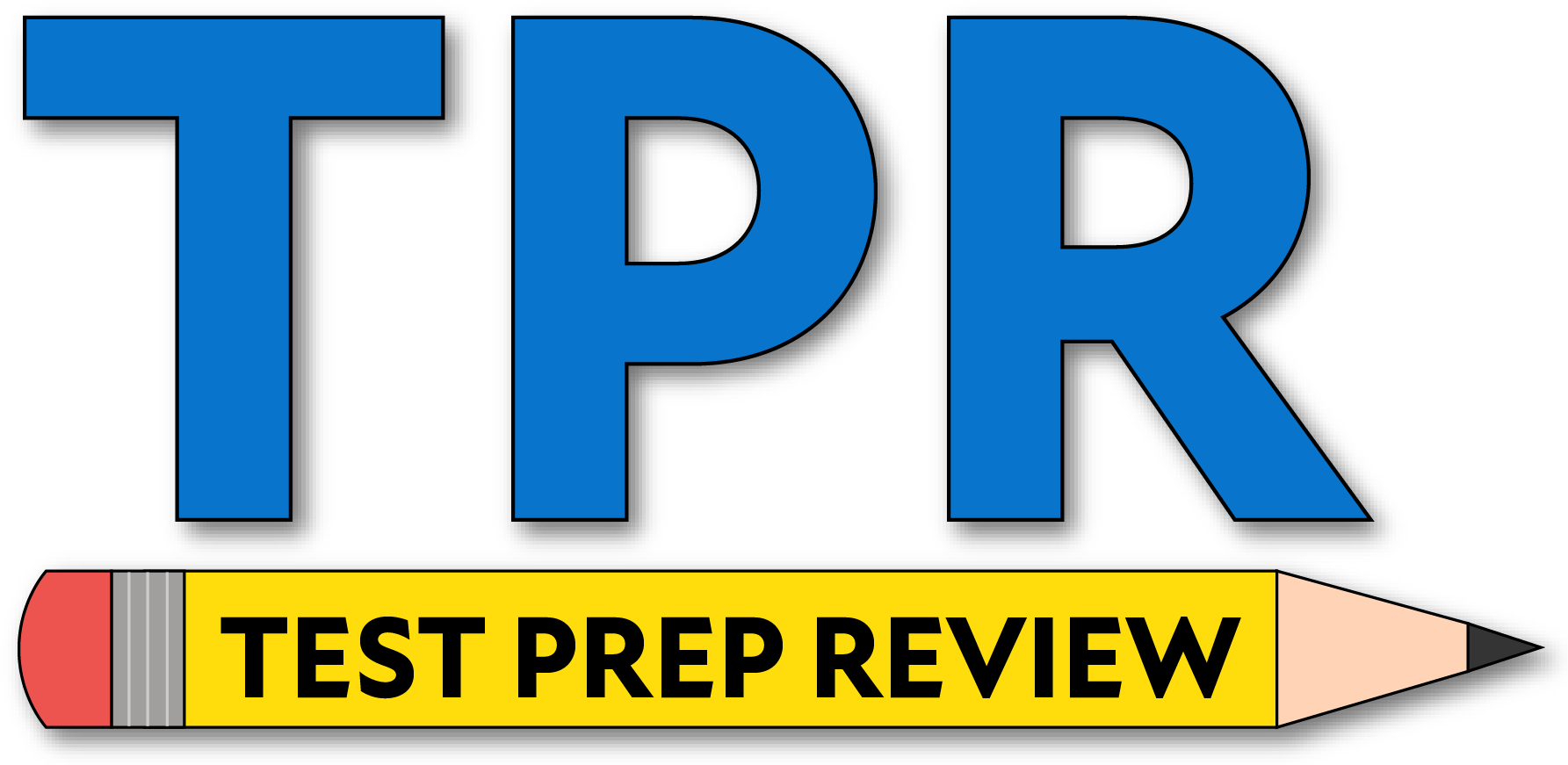- Name some things to check in the interior of a bus during the pre-trip inspection.
- Parking brake and steering mechanism
- Lights, reflectors, and horn
- Tires and windshield wipers
- All of the above
All of these components matter, even if some are physically outside the seating area. Interior checks include controls, safety features, visibility equipment, and emergency gear.
- As you check the outside of the bus, you should close any open emergency exits or open access panels.
- True
- False
Emergency exits and access panels must be closed securely unless actively testing. Loose panels create hazards and illegal operation conditions.
- When checking the interior of a bus before driving, which of the following must be in safe working condition?
- Signaling devices (emergency buzzer)
- Handrails, emergency exit handles
- Air conditioners and heaters
- A and B
- C and D
Emergency buzzers, exit handles, and handrails are required safety items. HVAC comfort systems are not pre-trip requirements for legal operation.
- Are bus drivers required to wear seatbelts?
- Yes
- No
Federal regulations require commercial drivers to wear seatbelts while operating the vehicle.
- Is it alright to leave carry-on baggage in a doorway or aisle?
- Yes
- No
Aisles and doorways must be clear in case of evacuation. Blocked exits risk injury and violate commercial passenger rules.
- Most hazardous materials cannot be carried on a bus, but some hazardous materials are allowed.
- True
- False
Some limited-quantity hazmat items are permitted under federal rules (e.g., small arms ammunition, medical supplies).
- What are some hazardous materials you can transport by bus?
- Poison, tear gas, and irritating materials
- Small arms ammunition, hospital supplies, and drugs
- Explosives and radioactive materials
Small, properly packaged medical and ammunition items are allowed. Poisons, explosives, and highly dangerous materials are prohibited.
- In buses designed to allow standing, you can stand anywhere you want.
- True
- False
Standing passengers must remain behind the standee line to avoid driver distraction and ensure visibility.
- What is a standee line?
- A strip around the outside of the bus
- A two-inch line on the floor showing where riders may not stand
- A two-inch line between seats
The standee line marks the minimum clearance needed for the driver to turn and operate controls safely.
- Does it matter where you make a disruptive passenger get off the bus?
- Yes
- No
You must drop disruptive passengers in a safe, well-lit location (not isolated or dangerous areas).
- How far from a railroad crossing should you stop?
- Between 10 and 40 feet
- Between 15 and 50 feet
- Between 20 and 60 feet
The CDL standard is 15-50 feet from the nearest rail, allowing sight and sound clearance.
- When must you stop before crossing a drawbridge?
- Stop at least 30 feet before the draw
- Stop at least 40 feet before the draw
- Stop at least 50 feet before the draw
When no traffic light or attendant is present, you must stop at least 50 feet back.
- What are “prohibited practices” while operating a bus?
- Avoid fueling with riders on board
- Do not talk to riders while driving
- Do not tow or push a disabled bus with riders aboard
- All of the above
Each action creates serious safety risk and violates transit safety procedures.
- Urban mass transit coaches may have a brake and accelerator interlock system. The rear door must be open to apply the parking brake.
- True
- False
The interlock disables throttle when doors are open for passenger safety, not the parking brake requirement.
- If you work as an interstate carrier, you must complete a written inspection report for each bus driven.
- True
- False
FMCSA regulations require a post-trip inspection report for commercial passenger carriers.
- Are recapped or regrooved tires allowed on buses?
- Yes, on all wheels
- Yes, on all wheels except the front wheels
- No, they are not allowed on buses
Federal rules prohibit recaps on the front (steering) axle of buses for safety; they are permitted on rear axles.
- Before driving, who is responsible for inspecting emergency equipment?
- The shop
- The dispatcher
- The driver
The driver is legally responsible for ensuring required emergency equipment is present and functional.
- What are the shapes of hazardous material labels?
- Round
- Rectangular
- Diamond-shaped
DOT hazard labels are diamond-shaped with symbols indicating the hazard class.
- Which poor weather condition can cause the most dangerous driving?
- Ice
- Rain
- Snow
Ice drastically reduces traction and can create invisible hazards (black ice), making it the most dangerous.
- If you have to swerve quickly to avoid an accident, you want to know:
- If all passengers are wearing seatbelts
- Where other vehicles are around your bus
- Where your passengers are seated
Knowing your vehicle surroundings helps you make a safe evasive maneuver without striking others.
